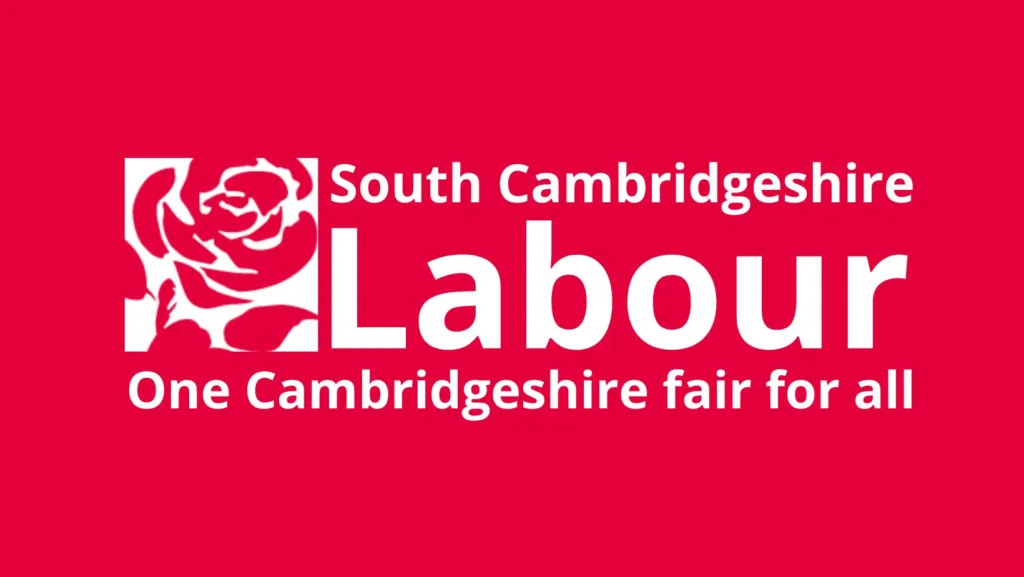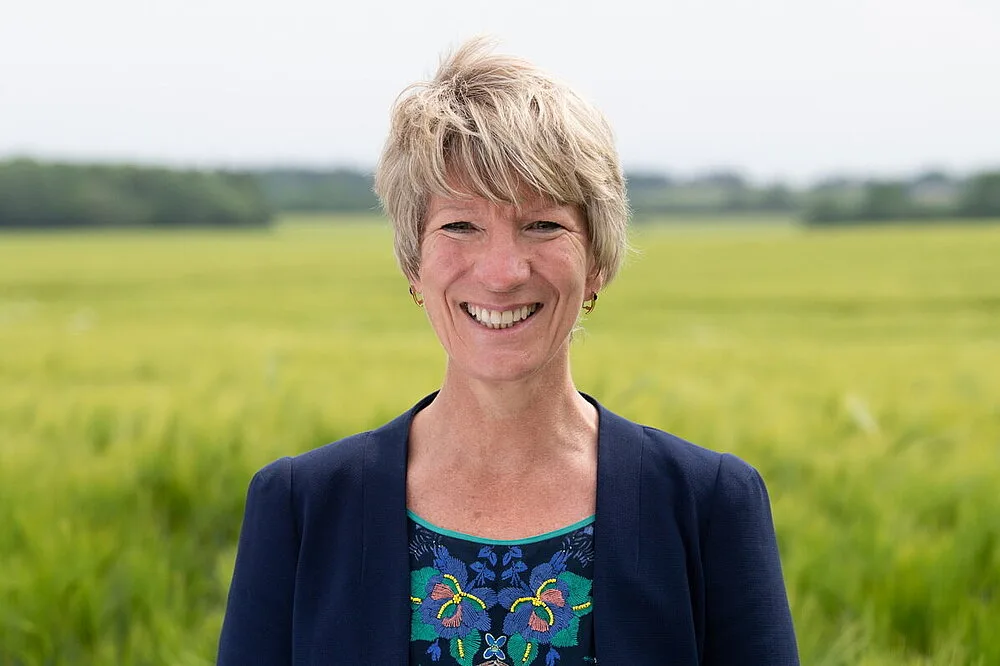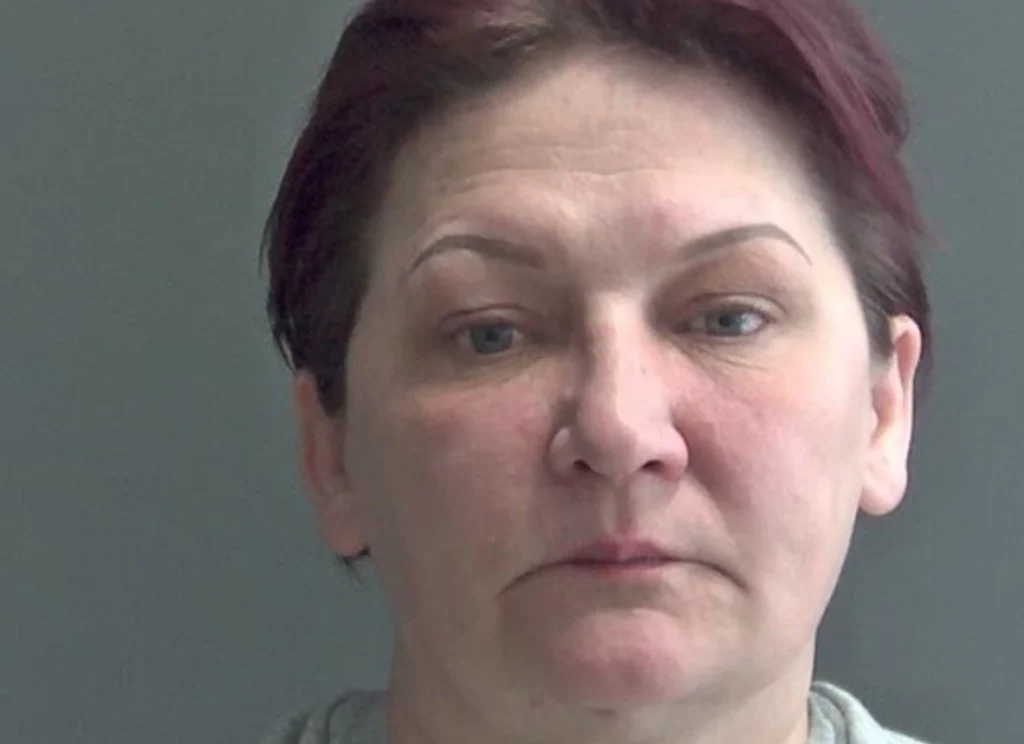A row has broken out in South Cambridgeshire where the Labour Party has threatened to report Lib Dem Parliamentary candidate Pippa Heylings to the Electoral Commission for overseeing “inaccurate statements or inaccurate representations”. The row centres over whether the next General Election is a 2-horse between Conservatives and Lib Dems or 3-horse race that includes Labour.
Tim Andrews, election agent and press officer of South Cambs Labour, has written to Pippa Heylings and her agent following “the repeated use by the Liberal Democrats of bar charts referring to the result in the 2019 general election in South Cambs, claiming it as basis for an argument that ‘only the Liberal Democrats can beat the Tories in South Cambs’”.
Mr Andrews says: “This is highly misleading and deliberately gives voters a false impression.
“This is because the Boundary Commission for England substantially revised the boundaries of this and other constituencies throughout Cambridgeshire earlier this year, resulting in a net churn of 55,646 voters in South Cambs compared to 2019.

“Recent opinion polling by Survation suggests that South Cambs is, in fact, now a three-way marginal between Labour, the Conservatives and the Lib Dems.”
He said Labour drew this to her attention and that of her agent in a previous letter dated 1 November but received no reply.
“Thus, by Pippa Heylings continuing to allow her team to put out this information we argue that she is knowingly propagating misleading information,” he says.
In a letter, seen by CambsNews, Labour has asked her to withdraw her leaflets “and stop producing any future literature containing inaccurate statements or inaccurate representations.
“If she fails to comply, we will be forced to report this to the Electoral Commission”.
In the letter to Ms Heylings, he says: “It is false to suggest that the result in the old South Cambridgeshire constituency from four years ago tells us what will happen in the new constituency.
“Publishing a statement based on the result in the old South Cambs constituency from four years ago does not in any way reflect the current electoral composition of the new constituency.
“Following a review by the Boundary Commission for England, we calculate 22,299 voters are joining the new South Cambs constituency and 33,347 voters are leaving. That is a churn of 55,646 voters.”
Mr Andrews says that as a consequence of the boundary changes and the resulting voter churn, the bar chart used Ms Heylings leaflets – distributed throughout South Cambs for example in Cherry Hinton, Sawston and Fen Ditton & Fulbourn – is misleading.
He says his complaint to the Electoral Commission would be on the grounds of “propagating and distributing false information likely to misinform, thus mislead, the electorate.
“This will include date and representations from previous years within the old South Cambridgeshire constituency which are not identified as such in a clear and prominent manner, explaining the difference between the constituency in 2019 and the boundaries on which the next election will be fought”.
Political analysist Phil Rodgers of Cambridge has agreed, in a column for the Cambridge Independent, that South Cambs seat is likely to be one of the most closely fought contests locally and represents the Lib Dems’ best hope of gaining an MP in the county.
“Their candidate Pippa Heylings has been in place for nearly two years and was recently joined by Conservative hopeful Chris Carter-Chapman,” he wrote.
Mr Rodgers says that the Lib Dems were overtaken in South Cambs by Labour following the coalition years but came back strongly during the Brexit turmoil of 2019.
“Labour will be hoping that the national swing in the polls will put them back in contention,” he told the Cambridge Independent.
“The boundary changes mean that the seat loses some of its western parts and gains territory from South East Cambs, but this isn’t likely to make a big difference politically.”




























